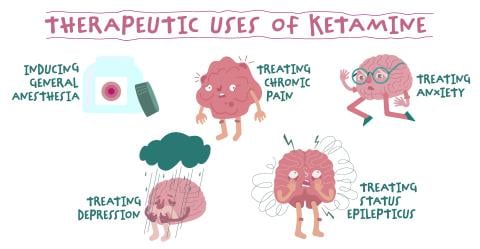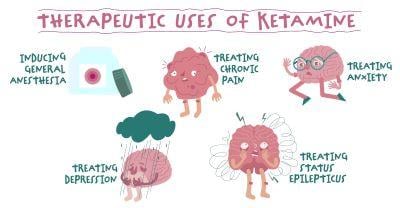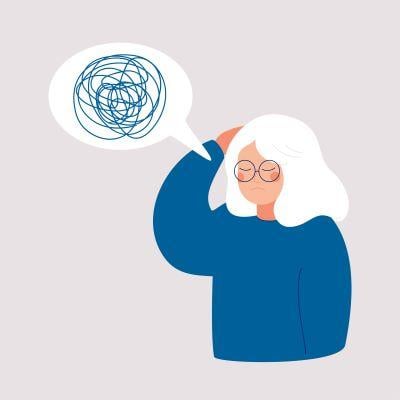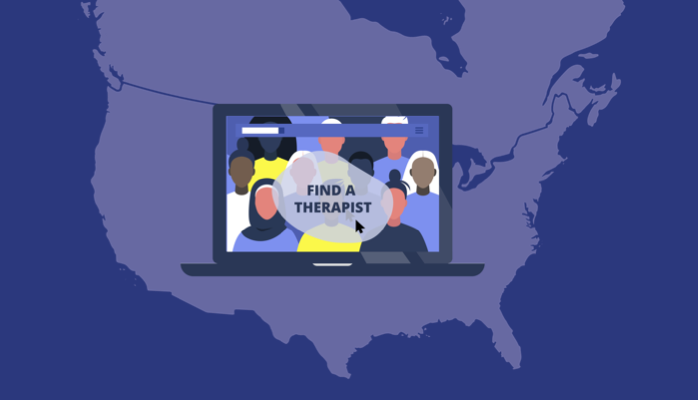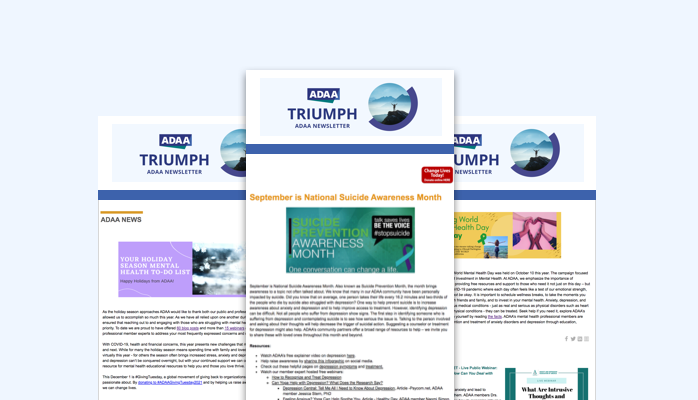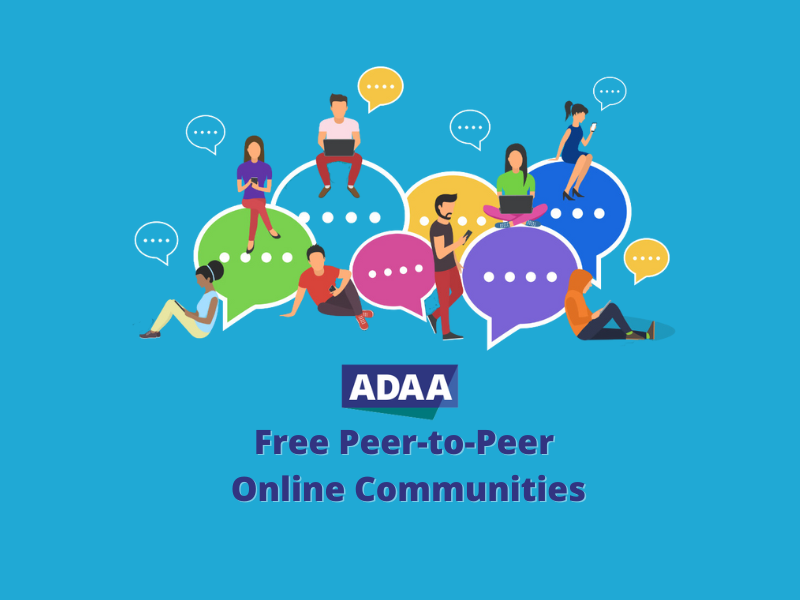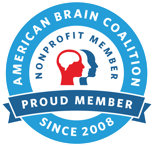The Anxiety and Depression Association of America Annual Conference is the premier professional meeting on the science and treatment of anxiety disorders, OCD, PTSD, and depression in children and adults.
The conference goal includes leveraging its broad audience to synthesize cutting-edge knowledge, accelerate dissemination, and translate scientific evidence to practice by engaging clinicians.
The ADAA Annual Conference is novel and it works actively to advance knowledge in unique ways: 1) fostering dissemination and collaboration among basic and clinical researchers; 2) encouraging researchers and clinicians to discuss practical applications in real life settings; 3) accelerating implementation of research to practice with hands-on training of empirically tested treatments; 4) involving early career investigators, residents, trainees, and graduate students in research and practice; and 5) providing opportunities for professionals to hear patient perspectives. The conference engages all of these audiences, building bridges and supporting these networks throughout the year.
More than 1,000 health professionals and researchers — psychiatrists, psychologists, social workers, counselors, therapists, nurses, physicians, clinical researchers, and basic neuroscientists — are expected to attend. ADAA offers CE and CME credits.
ADAA accepts submissions for symposia, workshops, roundtables, and poster abstracts; all are peer reviewed. The Call for Papers provides guidelines for submission and deadlines.
- ADAA members receive a registration discount. Join ADAA.
- Meet the Conference Committee.
Statement of Need
The annual conference of the Anxiety and Depression Association of America is designed to meet the educational needs of clinicians and researchers by disseminating evidence-based treatments, training to increase implementation of best practices into treatment, and translating the latest research.
Anxiety disorders, OCD, PTSD, and depression are common and disabling, and they occur in children and adults. Lifetime prevalence estimates for all anxiety disorders, including OCD and PTSD, and major depression are 28.8 percent and 16.6 percent, respectively. Mental illnesses account for more than half as many disability days as all physical illnesses, with anxiety and depressive disorders being the major causes of disability. More than 40 million adults have one or more anxiety disorder, OCD, and PTSD, and 19 million adults have depression; anxiety disorders are the most common mental illnesses in children.
Research has long documented the high comorbidity between anxiety and depressive disorders; the latest data continues to highlight the importance of understanding the overlap between these disorders, not only with respect to their etiology, but also in terms of treatment course. In 50 percent of diagnoses, individuals have comorbid anxiety and depression. Additionally, anxiety and depression are the primary illnesses associated with suicide. To continue leading the field, ADAA has broadened its mission and vision to encompass anxiety and depressive disorders.
Capitalizing on emerging science on mediators, biomarkers, and moderators of response to intervention, the theme of this conference is personalized interventions for anxiety and depression. There are many empirically supported psychological and pharmacological treatments for anxiety and depression, but many individuals do not respond to treatment. Thus a new challenge is determining what interventions work for whom, when, and under which circumstances.
The desired results for the conference are that attendees become aware of the latest developments in preclinical and clinical research; are able to translate this knowledge to clinical practice; apply evidence-based research to practice; discuss clinical experiences to influence research; and develop new skills and techniques to improve diagnosis, prevention, and treatment of anxiety and depressive disorders. It is also expected that researchers and clinicians will discuss how specific diagnoses manifest in the clinic and the reality of implementation of evidence-based and novel treatments in real-world settings.
Conference Educational Objectives
After participating in the Anxiety and Depression Conference, attendees should be able to…
- Recognize advances in diagnosis and treatments for anxiety, OCD, PTSD, depression, and related disorders.
- Apply evidence-based research, including the integration of treatment matching technologies to improve patient outcomes
- Improve patient outcomes through the dissemination of evidence-based research and application to real-world clinical settings.
- Identify the etiology, pathophysiology, and neural pathways of anxiety, OCD, PTSD, and depressive disorders.
- Apply psycho- and pharmacotherapy interventions alone and in combination to develop treatment plans, predict treatment response, optimize remission, and prevent relapse.
- Discuss and innovate research on anxiety, OCD, PTSD, depression, and related disorders.
